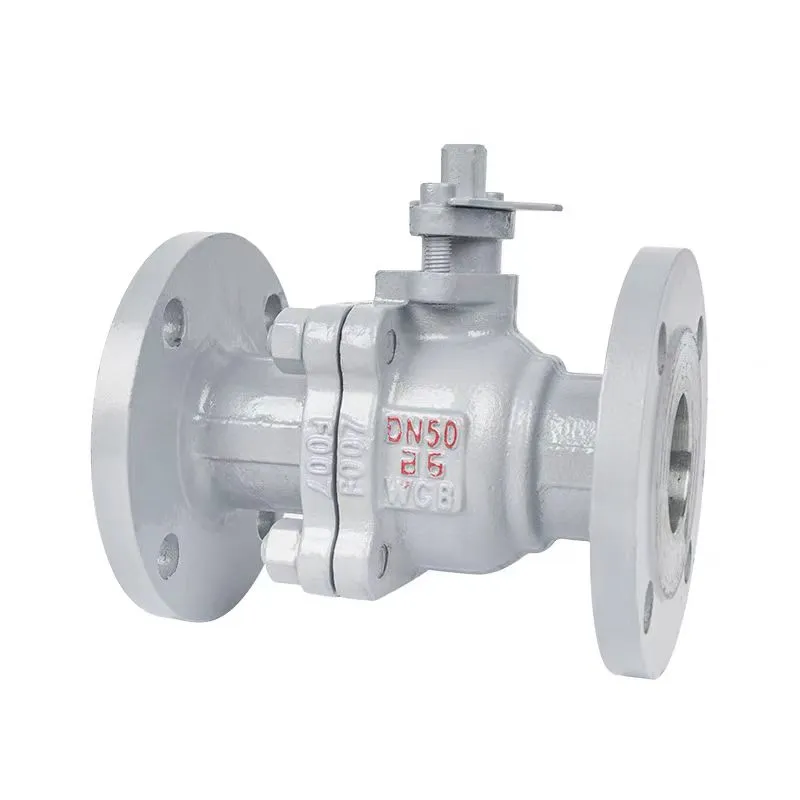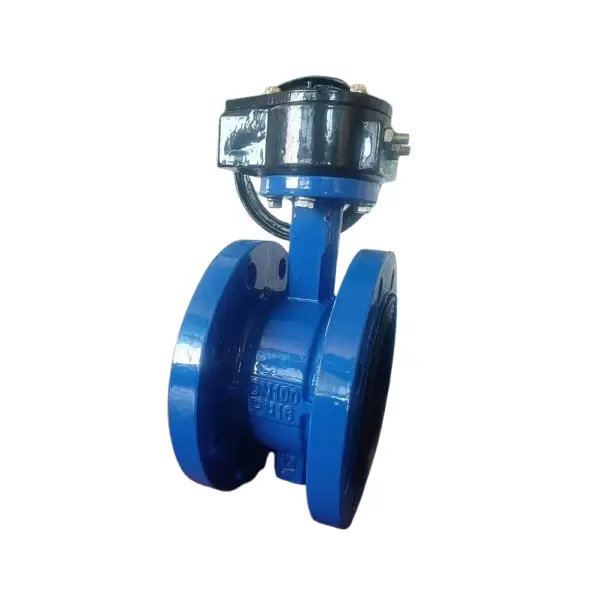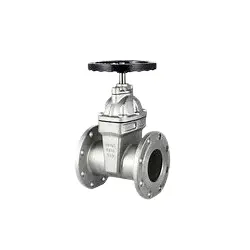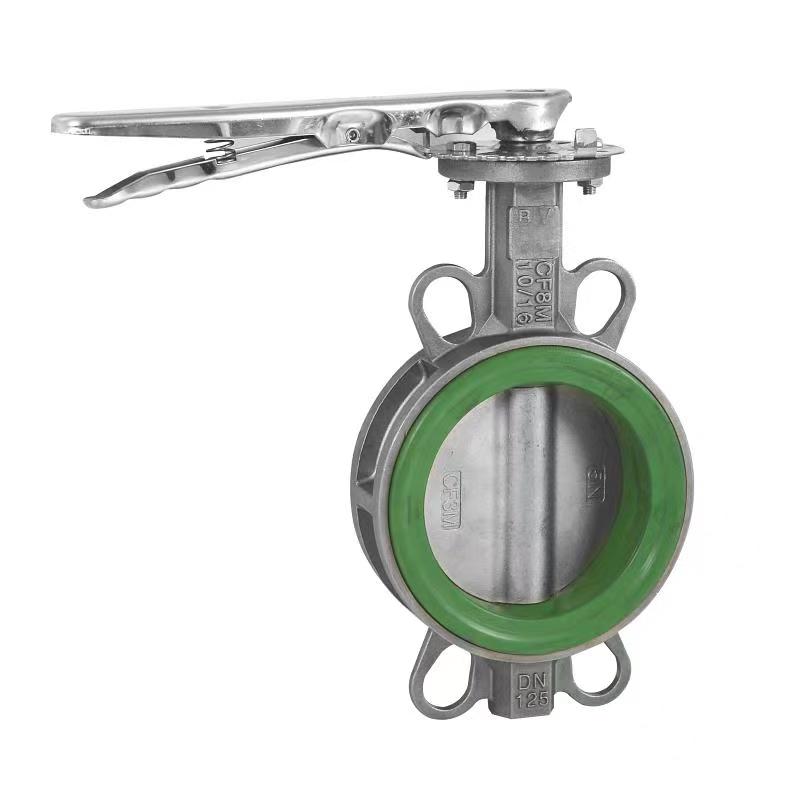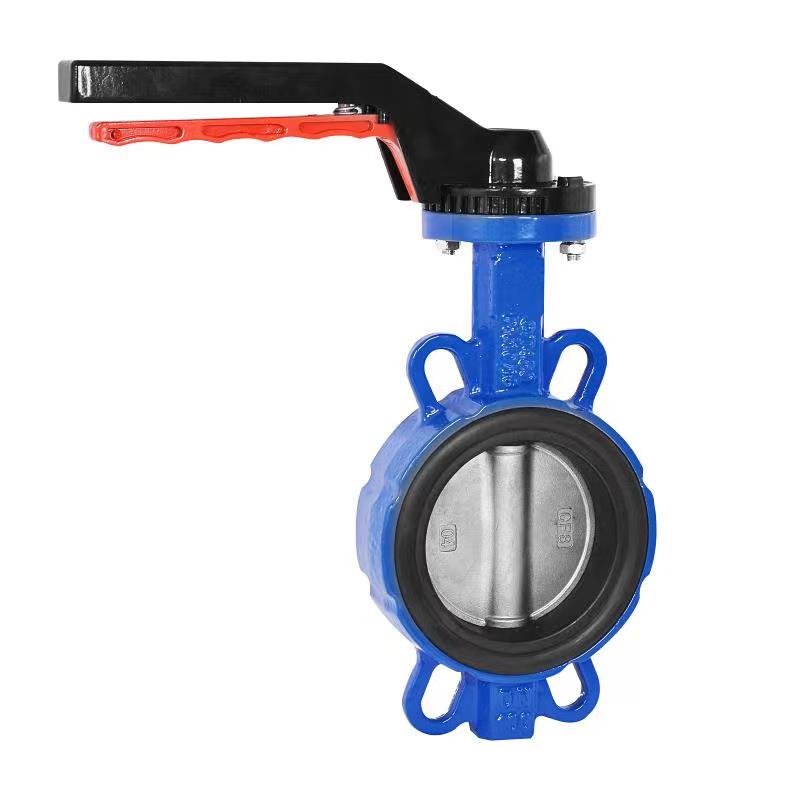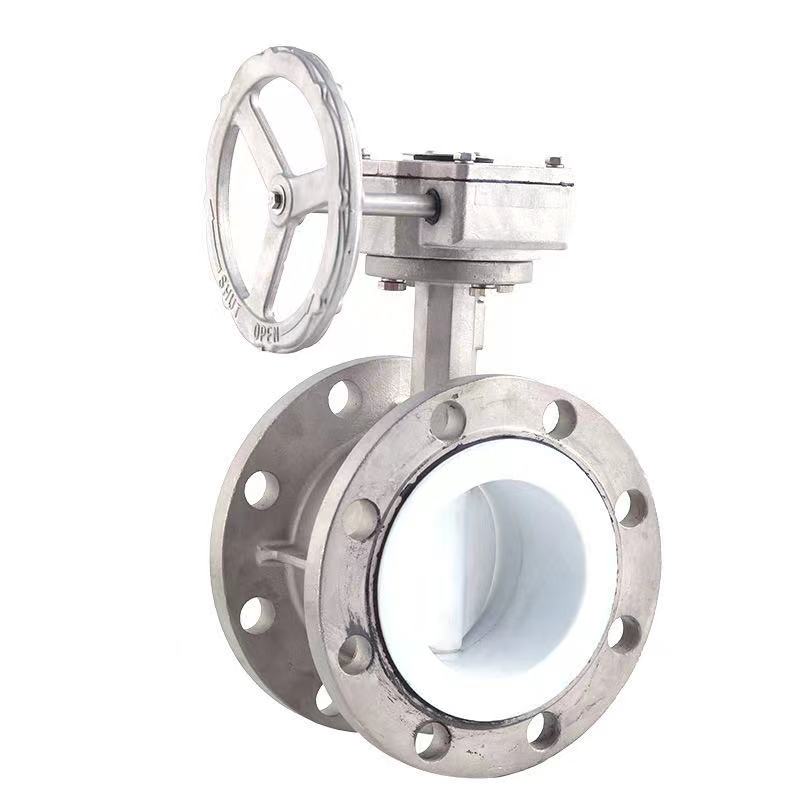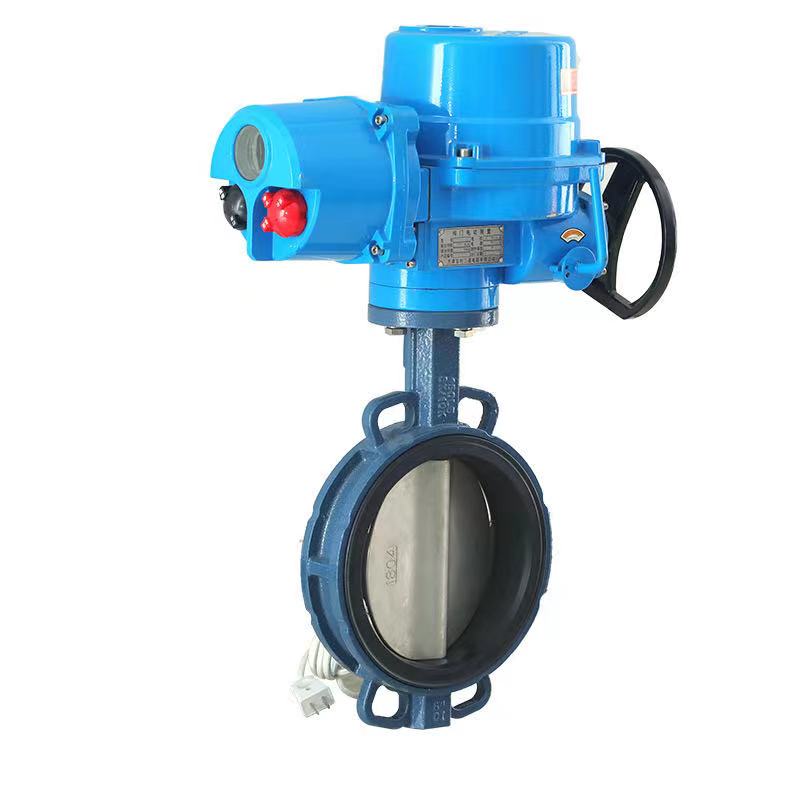- English
- Español
- Português
- русский
- Français
- 日本語
- Deutsch
- tiếng Việt
- Italiano
- Nederlands
- ภาษาไทย
- Polski
- 한국어
- Svenska
- magyar
- Malay
- বাংলা ভাষার
- Dansk
- Suomi
- हिन्दी
- Pilipino
- Türkçe
- Gaeilge
- العربية
- Indonesia
- Norsk
- تمل
- český
- ελληνικά
- український
- Javanese
- فارسی
- தமிழ்
- తెలుగు
- नेपाली
- Burmese
- български
- ລາວ
- Latine
- Қазақша
- Euskal
- Azərbaycan
- Slovenský jazyk
- Македонски
- Lietuvos
- Eesti Keel
- Română
- Slovenski
- मराठी
- Srpski језик
- Esperanto
- Català
- שפה עברית
- Cymraeg
- Latviešu
- icelandic
- ייִדיש
- беларускі
- Hrvatski
- Kreyòl ayisyen
- Shqiptar
- Malti
- lugha ya Kiswahili
- አማርኛ
- Bosanski
- Frysk
- ភាសាខ្មែរ
- ქართული
- ગુજરાતી
- Hausa
- Кыргыз тили
- ಕನ್ನಡ
- Corsa
- Kurdî
- മലയാളം
- Maori
- Монгол хэл
- Hmong
- IsiXhosa
- Zulu
- Yoruba
- অসমীয়া
- ଓଡିଆ
- Twi
- Samoa
- Sesotho
- සිංහල
- Gàidhlig
- Cebuano
- Somali
- Тоҷикӣ
- O'zbek
- Hawaiian
- سنڌي
- Shinra
- Հայերեն
- Igbo
- Sundanese
- Lëtzebuergesch
- Malagasy
- Tǝlam Kanuri
- Punjabi
- پښتو
- Chichewa
Why does the sealing performance of ball valves change with temperature?
Why does the sealing performance of ball valves vary with temperature changes?
As the core control component in industrial pipelines, the sealing performance of ball valves directly affects the safety and reliability of the system. However, in practical applications, the sealing effect of ball valves often varies significantly due to temperature fluctuations, which is closely related to material characteristics, structural design, and adaptability to working conditions.
1. Differences in thermal expansion coefficients of sealing materials
The sealing structure of ball valves is usually composed of metal valve seats and soft sealing materials (such as PTFE, nylon) or metal hard seals. When the temperature increases, the different coefficients of thermal expansion of different materials can lead to changes in the fitting gap. For example, PTFE sealing rings may shrink at low temperatures, which may cause leaks; Excessive expansion at high temperatures may exacerbate wear and even cause the ball to get stuck. Although hard sealed ball valves can withstand higher temperatures, the difference in thermal deformation between the metal valve seat and the ball may still lead to a decrease in the fit of the sealing surface, forming micro leakage channels.
2. The Influence of Temperature on Fluid Media
Temperature changes can alter the physical state of the medium, such as viscosity and phase, thereby affecting the sealing performance of ball valves. Under low temperature conditions, the medium may solidify or crystallize, blocking the sealing surface; High temperature media may reduce the hardness of sealing materials and accelerate aging. For example, in steam systems, high-temperature steam can soften PTFE seals, while impurities in condensed water may scratch the sealing surface, causing leakage of ball valves during opening and closing.
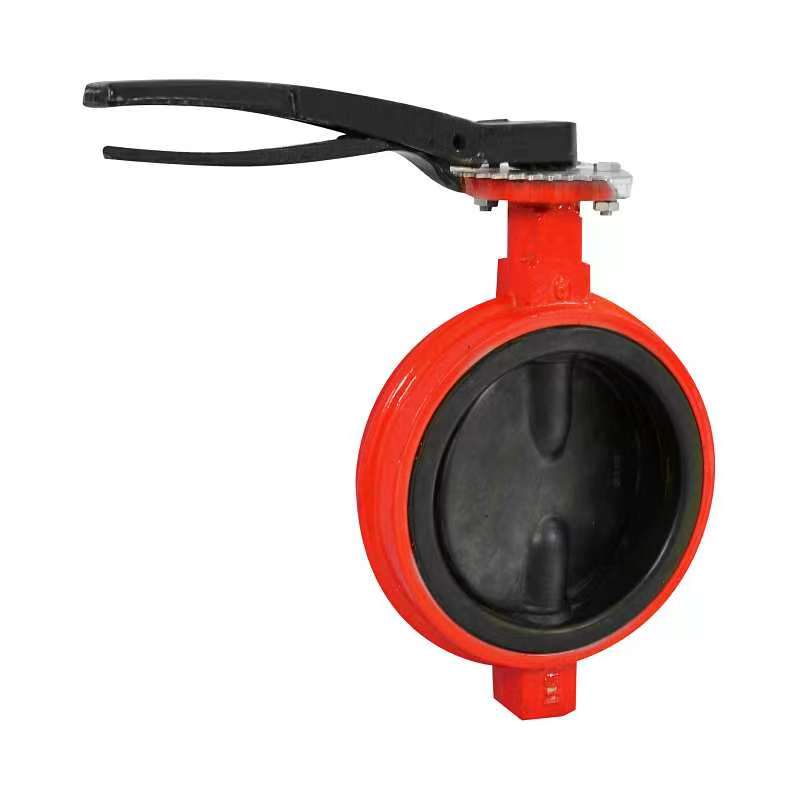
3. Insufficient adaptability in structural design
Some ball valve designs did not fully consider temperature compensation mechanisms. For example, if the valve seat support structure of a fixed ball valve lacks elastic elements, it cannot automatically adjust the sealing pressure ratio when the temperature changes, resulting in sealing failure. Although floating ball valves can compensate for sealing force through ball displacement, pressure fluctuations in the medium at high temperatures may cause excessive displacement of the ball, which can actually damage the seal. In addition, ball valves connected by welding are prone to deformation due to thermal stress concentration at high temperatures, further exacerbating the risk of leakage.
Solution: For high-temperature working conditions, metal hard sealed ball valves can be selected and the valve seat spring design can be optimized; Low temperature scenarios require the use of anti brittle materials (such as PEEK) and increased sealing surface smoothness. At the same time, regularly testing the sealing performance of ball valves and adjusting maintenance cycles based on temperature pressure curves can effectively extend equipment life.
Related News
- What are the requirements for installing ball valves?
- Is there a strict requirement for the installation direction of ball valves?
- Can check valves prevent pump reversal
- What scenarios are check valves suitable for?
- What should I do if the check valve cannot stop the water?
- What should I do if there is leakage inside the check valve
Leave me a message
New Products


